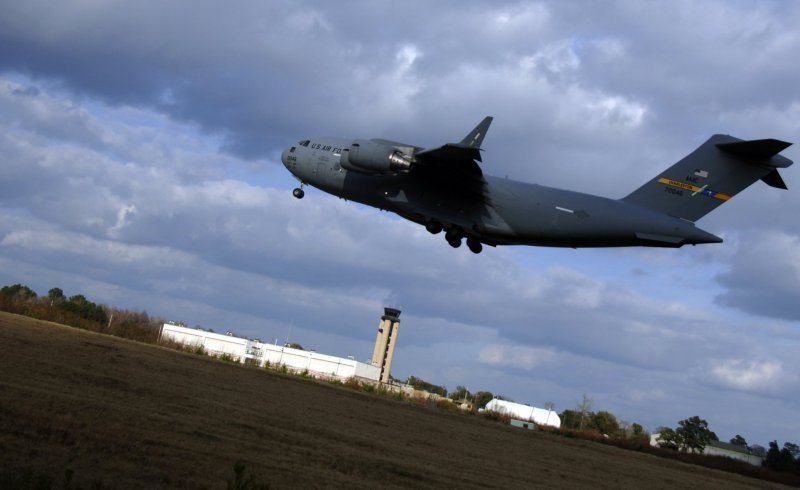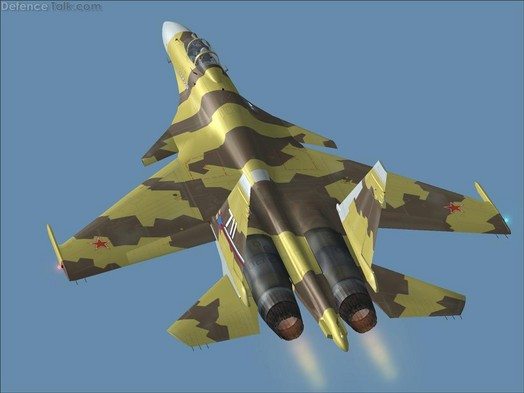A historic agreement, introduced by a Reserve pilot from the 317th Airlift Squadron, between the Department of Defense and Federal Aviation Administration establishes procedures for pilots called optimized profile descent, which will reduce noise, fuel costs and emissions effective Aug 25.
“Historically, pilots have been instructed to approach the airfield using a stair-step approach while communicating with several air traffic control centers,” said Lt. Col. Stan Davis Davis, whose work led to the agreement. “This new procedure allows pilots to fly descent profiles using idle thrust based on current conditions reducing the amount of fuel consumed.”
The new guidelines established four dedicated corridors of the airspace around Joint Base Charleston to allow any pilot the flexibility to descend at any gross weight on a predetermined track guided by waypoints.
“The FAA was gracious enough to allow us to name waypoints which are unique to (JB) Charleston and the 315th Airlift Wing,” Davis said. “Some of the names are Palmetto, Loggerhead, Swampfox and Turtle, in honor of the 701st Airlift Squadron.”
Davis spent part of two years in C-17 Globemaster III simulators putting inputs from professors at Georgia Tech to the test. The data gathered from optimized descents in civilian aircraft was then used in C-17 simulator trials to discover the best way to reduce fuel consumption.
“Fuel efficiency is one of Air Mobility Command’s top priorities,” said Jimmy Krogh, the Airspace Maintenance Branch chief at Headquarters AMC, Scott Air Force Base Ill. “The Air Force is the largest user of energy in the DOD, with Air Force aviation operations accounting for 79 percent of the service’s energy usage, and all opportunities to improve fuel efficiency are being considered.”
The initial discussion of military OPDs was the focus of a July 2008 conference. At this conference, the FAA officials approached DOD officials to find more efficient ways for military aircraft to decrease fuel consumption and reduce emissions. The DOD then approached AMC and JB Charleston was the logical choice due to the C-17 aircraft and FAA facilities in the area.
Davis’s military and civilian pilot experience, as well as his history working with Boeing on aircraft software, made him an easy choice to be the lead Air Force representative on this project.
“This was truly a joint effort between the Air Force and the FAA to make the procedure a reality,” Davis said. He also enlisted the help of the Aerospace Science Department from Georgia Tech in his research.
The first OPD was completed by the FAA at Miami International Airport and has been implemented at airports in Los Angeles and Atlanta. This civilian OPD meets the FAA’s objectives of reducing fuel burn, carbon emissions and noise footprints around the airports.
“Specific fuel savings from OPD procedures are hard to determine precisely, but previous FAA demonstrations at Los Angeles, Miami and Atlanta indicated a fuel savings of approximately 50 gallons or 340 pounds per arrival,” Krogh said. “Those figures were based on commercial aircraft and we aren’t certain what the results will be for the C-17, however, we hope to see similar results.”
Estimates for the annual cost savings at JoiJB Charleston alone are in the millions of dollars while saving millions of gallons of fuel.
The next round of OPD development and coordination is expected to begin Sept. 8 at Travis AFB, Calif., with a projected date of completion in 18 to 24 months.











